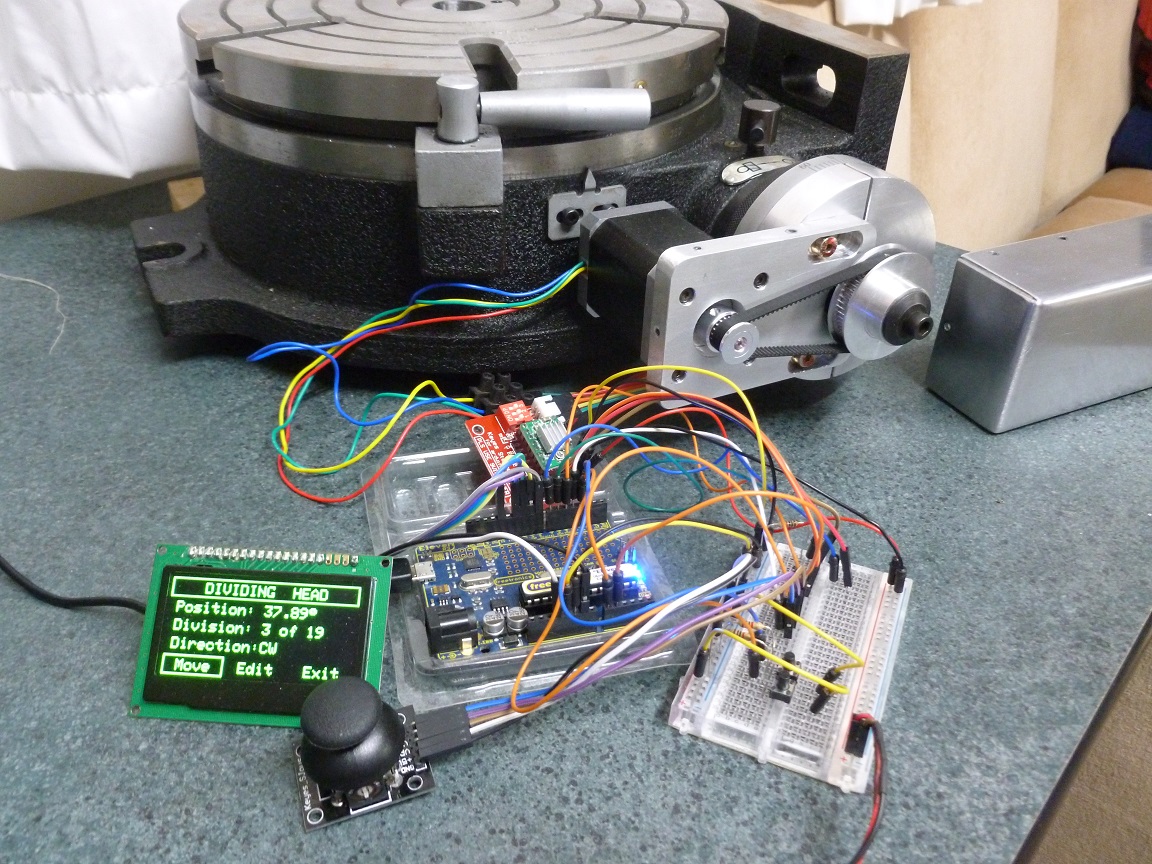Torfilli and Rod
Thank you both so much for not giving up on me , I am pleased to say I now have it working

and also using Torfillis file I have modified it so the left keyboard button now works great. You were both right I had confused my LCD and liquid crystal libraries and I had indeed put it into the utilities directory
Rod was also right I was trying to use an Arduino Mega , the reason why was,
I have an UNO but for some reason half way through uploading it would fail. .
Because of this I tried using an Arduino Leonardo and that was fine with version 9
but with version 10 of the software it failed saying there was not enough program space , and because I couldnt see a way around that I then tried the Arduino Mega
I am pleased to say I found out why the Uno failed , I renewed the bootloader and after that it worked fine . Well, I say fine , but I have yet to connect it to a stepper motor , but the LCD appears to be doing all the right things
I can also confirm it also appears to work fine on the Arduino Mega according to the LCD . It even loads into an Arduino Nano ok but as it has no way to easily connect it to a LCD shield I cant say how well it works . The only one I cant use it on is the Leonardo , which says it doesnt have enough program space
Once I have tried it with a stepper conected I will report back on how well it went on both the Uno and Mega
But once again thank you both for all your help
Don
Hi Don,
I believe that's an easy one

The file I have sent goes into \Documents\Arduino\libraries\LCD replacing the file "LCD.cpp" that lives there. I believe you moved and renamed it into the utility subdirectory as LiquidCrystal.cpp - no good.
Let me know if this works out!
Cheers,
Torfilli









![DreamPlan Home Design and Landscaping Software Free for Windows [PC Download]](https://m.media-amazon.com/images/I/51kvZH2dVLL._SL500_.jpg)






![MeshMagic 3D Free 3D Modeling Software [Download]](https://m.media-amazon.com/images/I/B1U+p8ewjGS._SL500_.png)



































